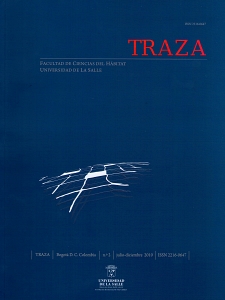Abstract
There is a growing need to understand how to design urban interchanges while ensuring that urban mobility is as economical and ecological as possible. The article addresses the question of how urban interchanges influence the human experience of commuting and identifies a mixture of activities in interchange systems as a principle of urban design. By conducting a comparative analysis of two sustainable mobility examples in Latin-America and Europe, the article shows that urban interchanges are essential elements of the urban fabric and are encouraging physical, intellectual and emotional contact between human beings. The article calls to challenge a classical understanding of urban design by mixing different elements of the city into hybrid products that are able to adapt to the changing needs of current and future populations. It concludes that the issue of urban mobility has to be approached in a manner that puts the life quality of citizens first.Downloads
Download data is not yet available.



